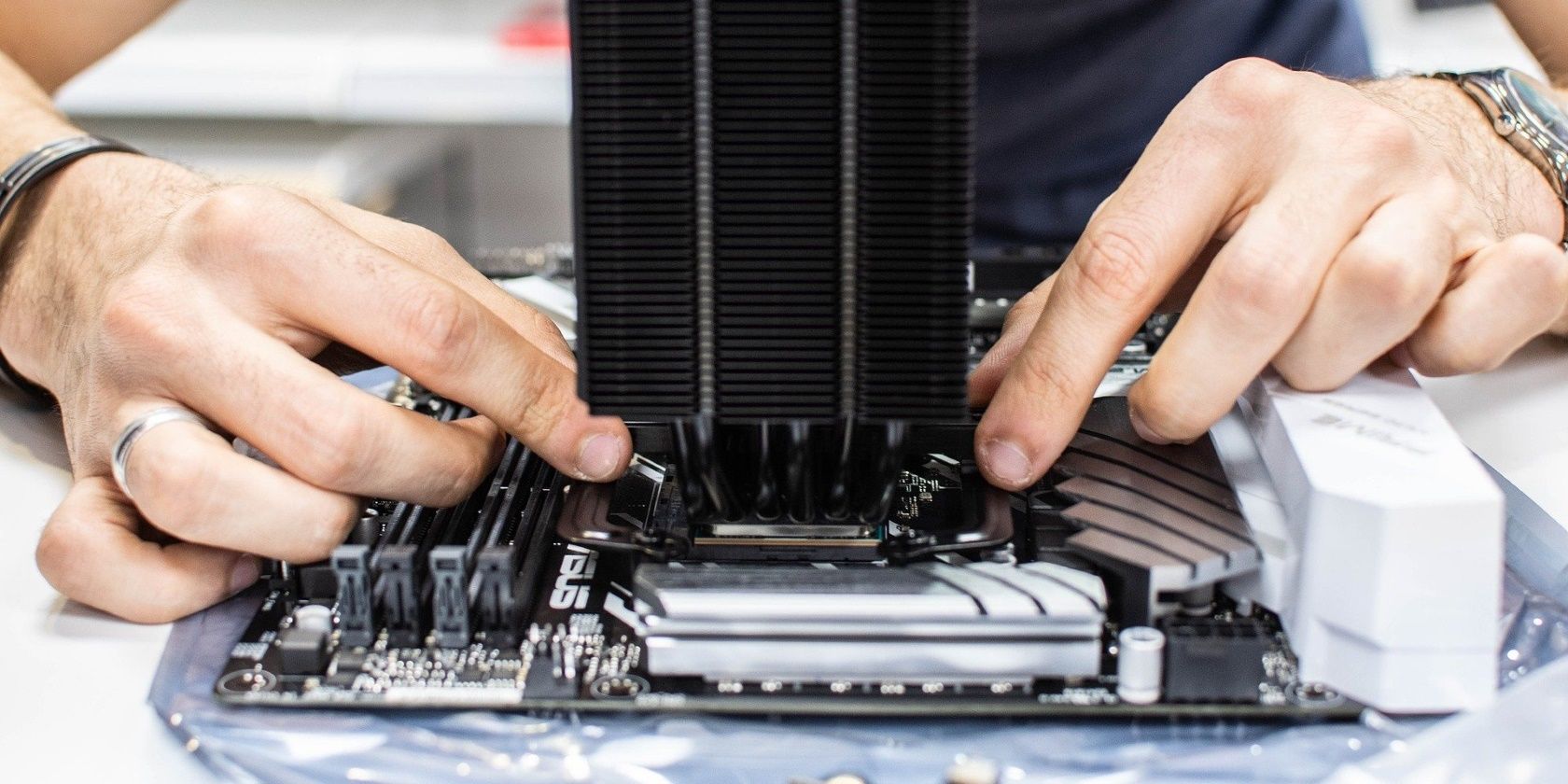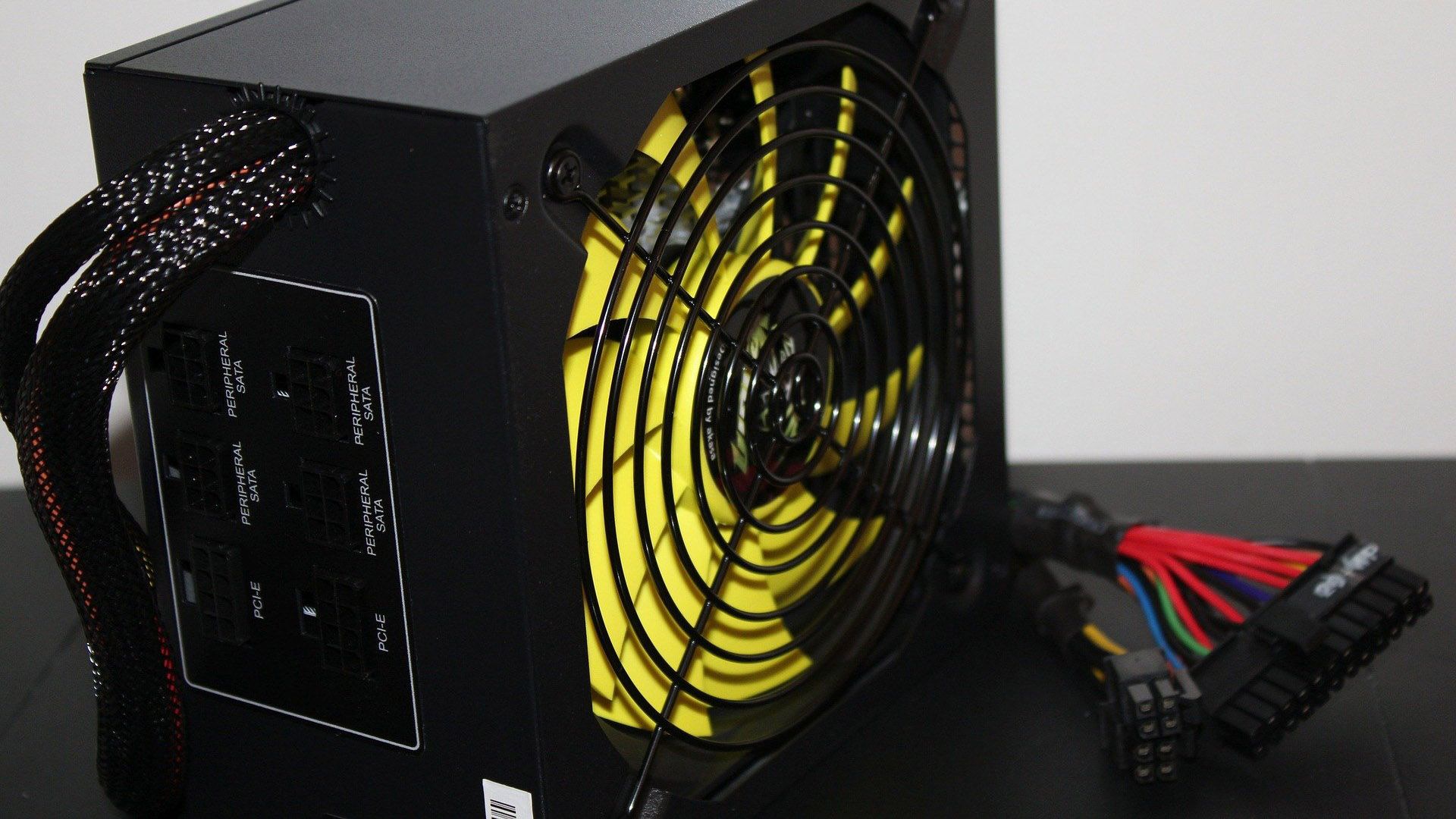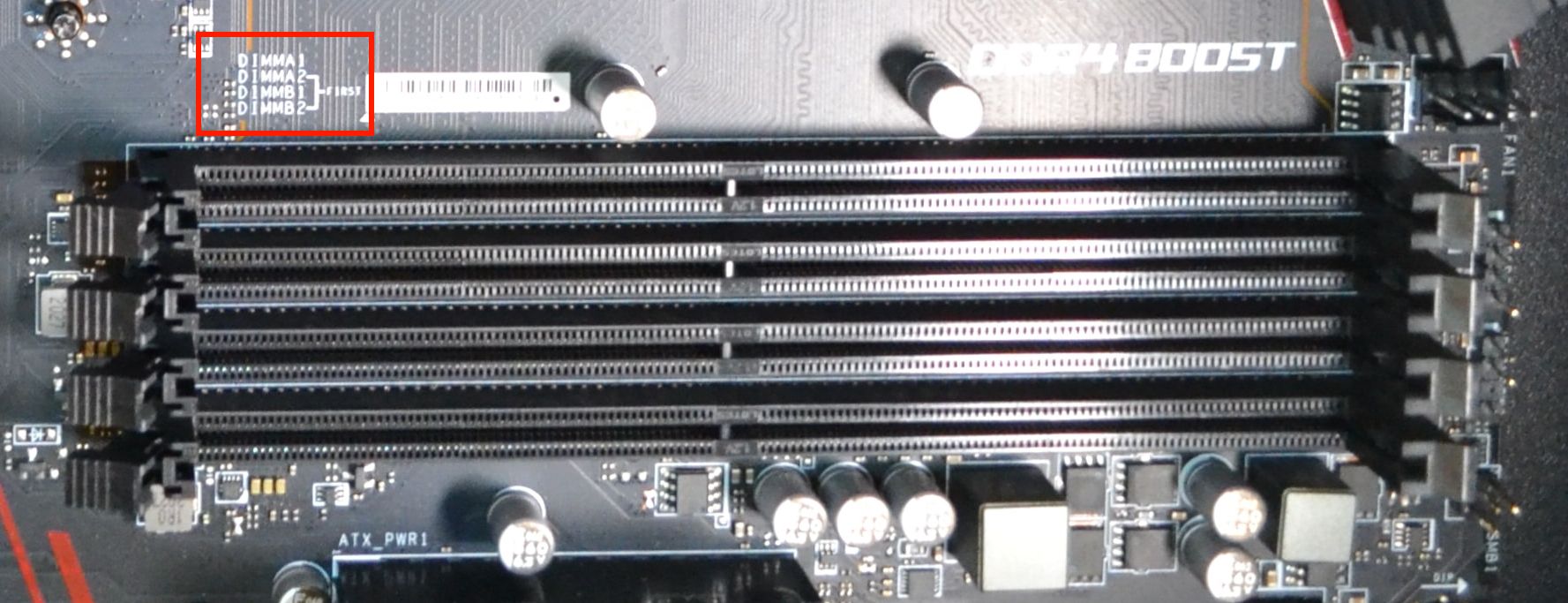There are many mistakes first-timer PC builders make. Let's take a look at 11 of the most common PC-building mistakes beginners make and some tips on avoiding them.
1. Buying Incompatible Parts
One of the most common PC building mistakes beginners make is choosing incompatible components. For example, they may pair the wrong CPU or RAM with their motherboard.
For instance, pairing an Intel Core i7-9700K CPU with an LGA 1150 motherboard won't work because both are incompatible. Instead, you should choose an LGA 1151 socket motherboard if you're going with an Intel Core i7-9700K processor.
Furthermore, pairing a DDR3 RAM with a motherboard that only supports DDR4 is also a beginner mistake you can avoid if you use a website like PCPartPicker to pick your components or consult an expert PC builder before ordering the components.
Using a service like PCPartPicker is great for finding compatible parts, but there is another consideration when it comes to matching PC hardware: bottlenecking. Bottlenecking refers to a component that limits processing power or graphical performance, and it typically occurs due to differences in the maximum capabilities of two components. Thankfully, there are several online PC bottleneck calculators you can use to ensure you're buying compatible hardware.
2. Buying a Low-Quality and Cheap Power Supply
There's a difference between buying an affordable power supply and buying a cheap and low-quality one. However, if you're on a tight budget and the rest of your PC components aren't particularly "power-hungry," it's fine to spend a little less on your power supply.
One of the best ways to pick a power supply is to roughly calculate how much power your components will consume. For this, you can use a PSU calculator tool like the one that OuterVision offers, but there are several other online power supply calculator options.
Also, if you're using PCPartPicker to build your PC, they give you a rough estimate of how much power your computer will consume and which power supply can accommodate all the components.
Another important thing is to check your power supply's +12v railing rating amperage. This is where your graphics card will draw its power, which is the most power-hungry component of your PC. Again, OuterVision's CPU calculator will tell you this amperage rating.
Furthermore, before buying a new power supply, check if it's a high-quality PSU or not at HardwareSecrets. They test the most popular power supplies on the market and give you a review based on their thorough testing.
3. Not Building on a Large, Clear, and Safe Surface
The very first thing to do before you start building your PC is to find a large, clear, and safe space to work and assemble your PC. Any large table or desk will do.
While it is possible to build a computer in a smaller area, it isn't necessarily the best option. There are a lot of cables, screws, and components you'll need to keep close and organized so you don't lose them when you actually need to fit them in.
Furthermore, avoid building on surfaces where there's potential for static electricity. These include surfaces like carpets and rugs. If you have a table, there's no need to worry about this step. Just make sure to place everything on the table itself, which is why you need a large-sized table for this process.
However, if you do not have a large table around or must build on a static conductive surface, you can use an electricity wristband to avoid a static charge. The Rosewill Antistatic Wrist Band is an affordable option that will make sure you don't damage your components accidentally.
4. Forgetting to Install Standoff Screws
It does seem silly, but it also does happen occasionally. Forgetting to install the motherboard standoff screws can be disastrous for your PC build. These standoffs keep your motherboard from coming in contact with the case and preventing it from shorting out.
If you forget to install these and turn on your computer, it may damage your components permanently. That's the worst-case scenario—but it does happen, so don't forget to install your motherboard standoff screws.
5. Forgetting to Install the Motherboard I/O Shield
Another common beginner PC building mistake is that first-timers forget to install their motherboard's I/O shield before installing the motherboard in place.
If you forget to install the I/O shield, you'll have to unscrew and take everything apart, or unscrew your motherboard and GPU and move it out of the way to install the I/O shield while everything else is still connected.
To avoid all this hassle, just make sure you install your I/O shield before screwing the motherboard into the case.
6. Installing the CPU Wrong
Some beginner PC builders who've never built a PC before may make this mistake. Installing your CPU can damage or even break its pins, depending on how much force you used while installing it.
Luckily, it's really easy to know which direction to place and install your CPU. All processors will have markings on the CPU's corners to let you know which part goes where on the motherboard. Once you find the marking, line it up with the marking on your motherboard's CPU socket and carefully install the processor.
If you're still unsure about installing your CPU, the following video has instructions on what to look out for when installing an Intel or AMD CPU.
7. Failing to Plug-In All the Cables
This is another common mistake among beginner first-time PC builders. If you fail to plug in all the cables, your system won't turn on. To avoid this issue, make sure whenever you're installing a component, you plug its cable into the motherboard.
If you think this will cause you trouble during the PC building process, note down all the installed components on a piece of paper and plug in all their cables in the end. If your system won't turn on, ensure everything's plugged in and seated correctly.
8. Applying Too Much Thermal Paste
It can be pretty messy if you're not careful with your thermal paste installation. Thermal paste installation is an art. If it's too much, it can seep out and cause damage if you're applying liquid metal. If it's too little, your computer will overheat, and you might not realize that a lack of thermal paste is causing this.
Ideally, it's said that you should place a drop of thermal paste the size of a rice grain in the middle of the back of your CPU, and when you install the heatsink, it should spread out nice and even.
9. Installing Case Fans the Wrong Way Around
Most PC builders have done this at some point, and it's deeply frustrating when it happens, but installing your case fans the wrong way can cause your system to overheat.
If your PC case comes with pre-installed fans, this shouldn't be a problem. At least, not until you want to install your own fans. When it comes to PC cooling, you want your case fans to work together, drawing cool air from outside the case from one direction, then pushing it out the opposite. Typically, if your PC case came with fans, they'll draw air in through the front and push it out the rear, though the opposite configuration is also viable.
If you want to add more case fans to your PC build, figure out which way around your fans work first.
10. Improper RAM Installation
We've already talked about buying the correct type of RAM for your motherboard (the first point!), but you must ensure you install it in your new motherboard correctly. That means pushing the RAM into the slot the right way around, observing the RAM generation notch (yes, it differs for each RAM generation), and sometimes pressing down a little firmer than you might expect.
Furthermore, make sure you're installing your RAM in the right channels. You won't run into this problem on a motherboard with two RAM slots. However, on a motherboard with four slots and using two RAM modules, you should always leave a gap between them. Your motherboard may even indicate which RAM modules should be paired.
Nothing bad will happen to your RAM if you use them in parallel slots, but they won't perform as expected.
11. Keep Hold of Your Warranty
Okay, this one isn't specifically regarding PC building, but it sure does help if something goes pop before it should. Make sure you keep all of your PC hardware warranty documents in one place and register the hardware that requires it, as you might get an extra year of coverage for doing so.
Avoid These PC Building Mistakes!
These are not the only mistakes beginner PC builders make. In fact, as more and more PC hardware hits the market, beginners will keep on making new mistakes that need to be corrected.
But even though these tips are aimed at PC building beginners, believe it or not, even seasoned PC builders make these same mistakes from time to time. Furthermore, as new hardware launches and designs change, we all have to learn new PC building techniques to go with them, so there is always more to learn when building a new PC.



